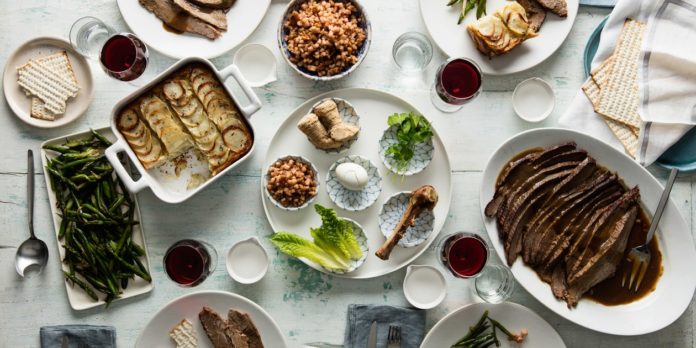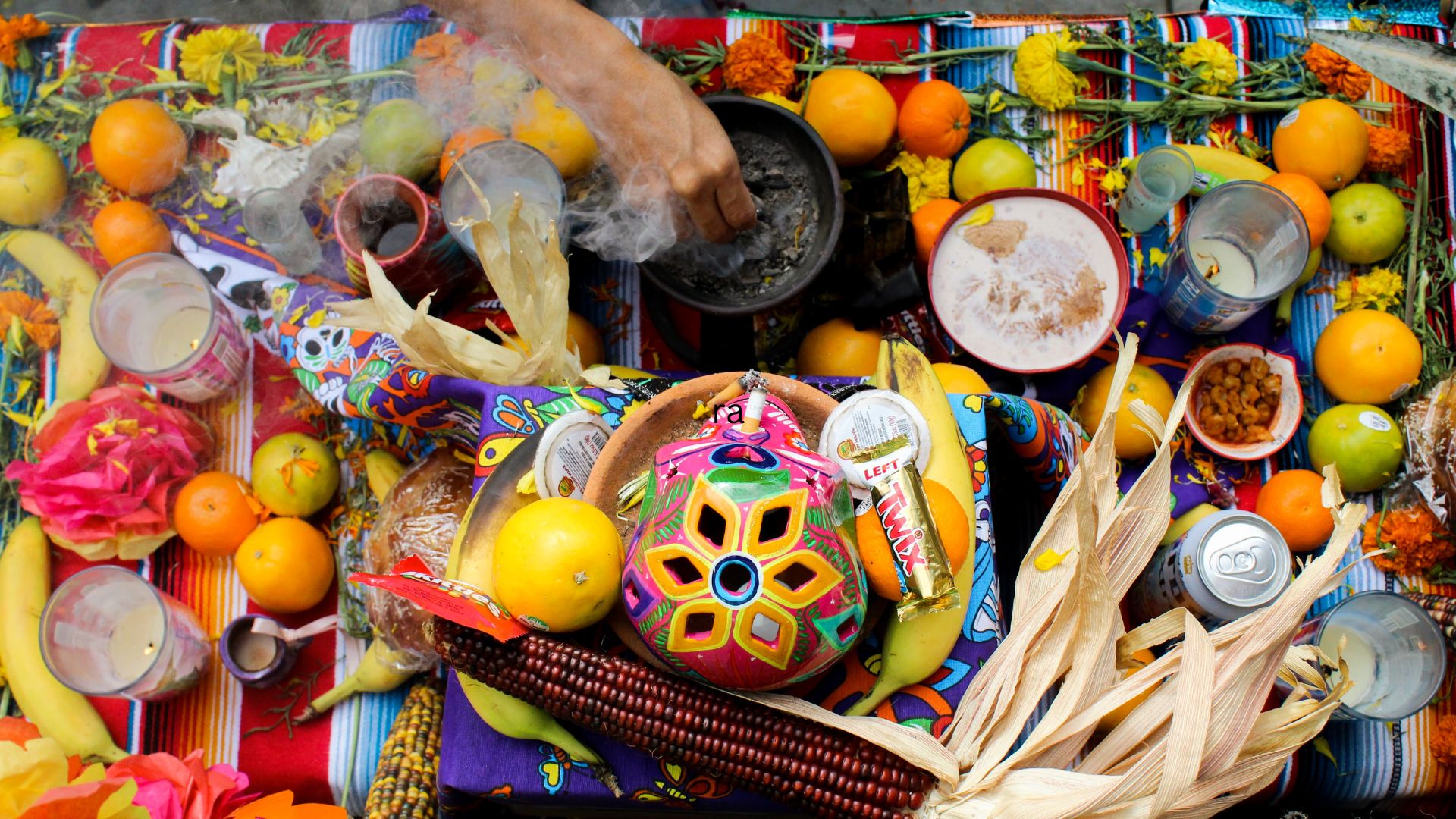
With a batch of spring holidays approaching, the stage is set for the biannual deep clean of closets, pantries, and perhaps even habits. There is something about the colors and aromas of spring, the birds and bees and warmer winds, that inspires us to take stock and maybe to make some stock for the matzoh ball soup we’ll serve at Passover. Together with Easter, the Judeo-Christian observances of spring remember the tough moments and rejoice in the renewal or rebirth of new, better moments. This double work might seem to be a dichotomy, but it is similar to the mechanism of memory and the use-value of history: it requires us to hold steady onto the reins of the past as we charge ahead into the future.
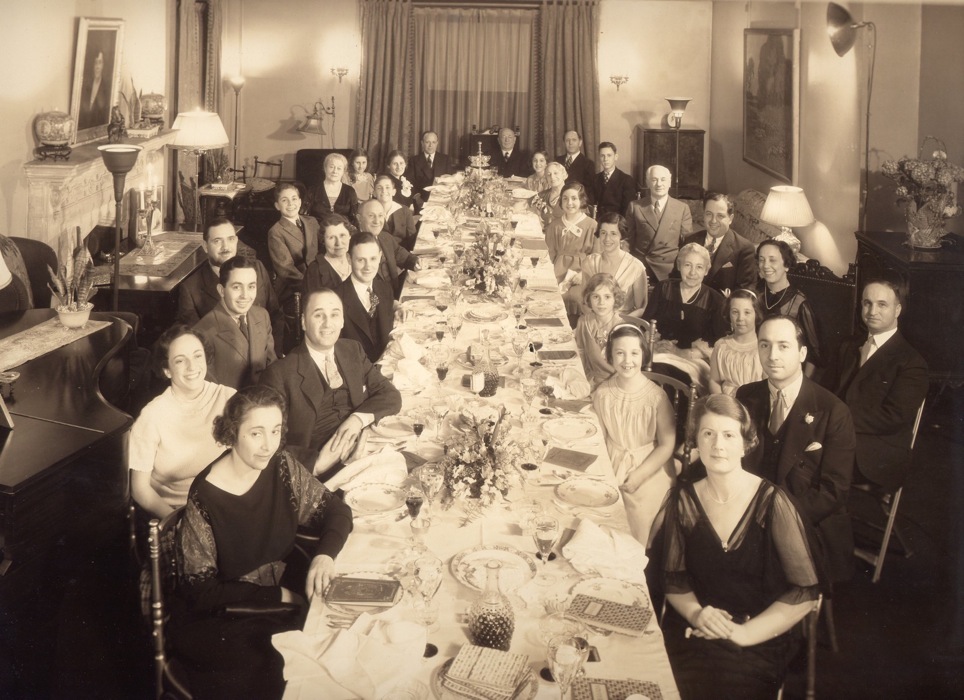
Carnival season arrives in the sultry thaw of winter, one big party in the street. People from all walks of life forget their disparities, dance and sing together in the Carnaval de Rio de Janeiro, during Holi festival in India, and the various carnavales throughout Latin America. These are communal, democratizing festivities. After Lent tamps down the high emotion and town-wide participation of the carnavales, Easter and Passover come in with the first spring blooms. These holidays tend to be family affairs, often smaller and more intimate than communal. Though peppered with egg-hunts and community dinners and church-going, these holidays tend to put the onus on the family unit to preserve and carry on a two-level tradition.
Family is at the Core
The first level, is that since both of Easter and Passover have religious origins, the protocol behind each is established outside family unit. For example, Easter mass is part of the liturgy and a Passover seder (the festive meal and prayer) done to the letter of the law is a four-hour long affair. The extent to which a family observes the religious tradition can vary, of course, but the “rules” are external. The second layer is related to the style of each family and their particular traditions around family gatherings, festivities, and observances, or the “internal” rules. Does abuela always host? Or is it you? Do you do it potluck? Do you rotate location? Each clan has their own way.

Right around the time the bulk of my cohort was getting married, we’d often end up discussing the potential pitfalls of melding family traditions. Friends, regardless of ethnicity, nationality or religion, had stories about the challenges as new families are formed through marriage and begin to find their own groove. There is so much tradition that has already informed how each individual views the festivities and how they have conducted them in years past and each person connects with whatever aspect of the tradition that makes them feel “at home.”
Melding Traditions
Finding ways for newly forming families to inject bits of the traditions of their original family can rocky at first, but it’s well worth it. Whether it’s taking turns to spend a holiday period with one another’s relatives, picking up customs, rituals, and recipes to bring home, or if it’s bringing in small elements of old and new traditions to make a great hybrid, both outcomes are positive and bond-renewing.

There are good reasons to navigate the potentially turbulent waters of tradition, and the simplest one is the original use of feasts and observances — to mark the passage of time. for example, Passover comes in the spring, and it includes a through cleaning out of the “bread” and similarly crumb-y products from the home. This is nothing other than a spring cleaning of the pantry, and while you’re at it, do the closets, shelves, and corners, you never know where a crumb might be hiding. The Passover cleaning is just what we feel like doing after a season of hibernating in our caves, a natural spring ritual after the brutal enclosure of winter.
Similarly, the imagery that accompanies modern-day Easter pageantry, the bunnies and eggs and pastel colors, are natural representations of the seasonal landscape. There is a clear liturgy to observe Easter at church, but when it comes to the way in which we celebrate the holiday out in community, there are egg hunts on lawns and outdoor brunches, hats and brightly-colored clothing, and everything we want after a long, gray winter. Now that I live in season-less Florida, I appreciate these markers, just like I love the strips of Christmas lights entwined around the palm trees at year’s end.
Memorializing the Past
Holidays are an easy lens through which to see the importance of hanging onto tradition while living in the modern world. Tradition is a way to keep the past with us in the present and that plays out in two essential ways: it revitalizes lost people and places.
There is no better way to remember someone we have lost than to participate in an activity or ritual they used to do or those we used to do with them. Passover is a perfect example of a wildly varying observance from one household to another because the prayer happens during the meal and the style depends on the person leading it. Leading in the same way my grandfather did makes me feel close to him and gives our family the opportunity to exchange stories about him, to channel him, to be in remembrance of him, like a favorite family recipe that can elicit the spirit of the person who used to cook it.
Remixing Into Now
Seder is incomplete with the order that my grandfather set but without some of my grandmother’s recipes, so we make sure that both of those elements are present in some fashion. We lovingly employed an old trick of my grandmother’s in which the prophet Elijah brings the young kids a small gift in gratitude for their lively participation in the songs and rituals of the seder (it also keeps them awake!). However, we are not out to replicate the experience exactly — this is how tradition can stay modern. The truth is that this smartphone generation lacks the four-hour long attention span it took to sit through a full seder in Bogotá back in the eighties. We also accommodate my husband’s family’s traditions. After 15 years of marriage and the requests and the new elements that kids have brought to the equation, our seder is a new version of something sweetly familiar.
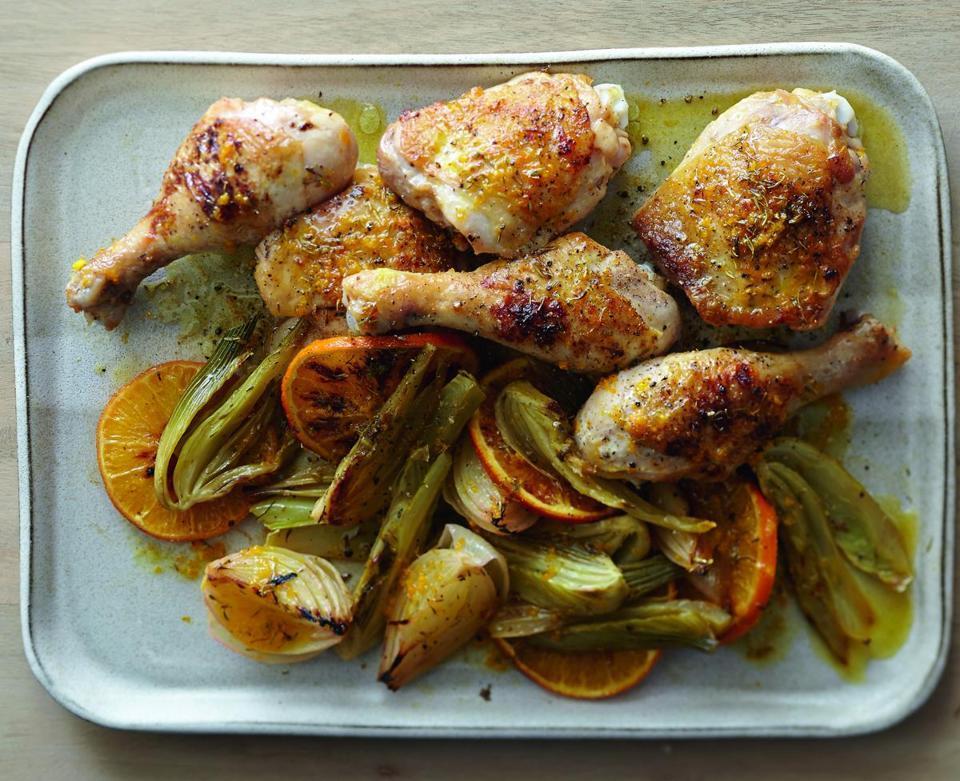
Recipes themselves benefit from being preserved and replicated with slight modernization. My grandmother was an amazing cook, but tastes change and no one would be excited if I made chopped chicken liver around here, so I stick to other lovely preparations, like her sweet haroset (a relish made of apples, wine, and honey) and her roast chicken. Other dishes I attempt to recreate but with an update, swapping out ingredients like margarine, which my Babi was made to believe was better for you than her customary schmaltz and butter. Through those flavors and scents, I am able to feel her close when I cook and perpetuate her past experiences, and mine, into the future. Suddenly, my sons who never met their great grandmother ate food that she would have prepared and updated herself, like she had many times before, after big moves and the passage of time.
Tradition as a Gateway to Other Places
That is tradition’s other great work of translation: the ability to bring back bits of one place to another. My grandmother first moved her family’s Romanian Jewish recipes to Germany, where she lived after the Holocaust, helping to find homes for orphans of war. She learned apple strudel there, which she would make for my brother’s birthday in Bogotá and Miami. Her years in Israel taught her about Turkish delight and halvah, which she would seek out in Middle Eastern markets in the U.S. so she could bring them back to fill European pastries in Colombia.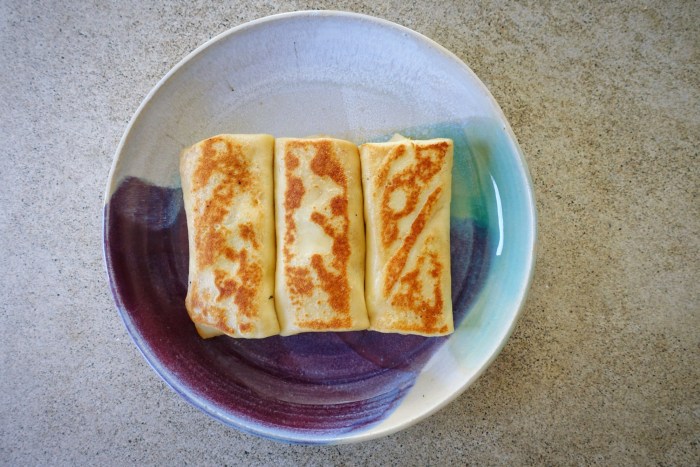
To this day, I will never be able to replicate her blintzes (they only come out when filled with Colombian cheese) but what I will never forget is eating maduros, fried ripe plantains with her during Passover. Even though she kept her Jewish traditions carefully even 30 years after arriving in Colombia, and she avoided leavened and starchy foods as she was taught to do during Passover, she loved her maduros and explained that, like yuca, it does not grow in the desert where the Israelites roamed, so it was surely fine to eat.
Much like food can be carried over from place to place and through the generations, so too can customs, rituals, styles of dress, and handicrafts. Getting together for a baby naming or a baptism, having periodic family reunions, town picnics, even company get togethers are excellent reasons to get face-to-face contact in the age of increasing screen time. Doing things the way they were done in the past allows us to better inhabit our present, rather than darting into a completely automated future. You may not get much of a chance to see tía Elisa, but making Christmas tortillas/hallacas/tamales with her sure makes up for it. Having an annaprasana for a baby is quaint, but a great reason to drag out the saree that’s been gathering dust. Making time to learn to sew and concoct remedies caseros from your grandmother and to make lomo al trapo and a good cocktail from your grandfather ensures that these skills get passed on not lost to time.
Tradition as Wisdom
Since tradition often involves gatherings and festivities, it has a second function even greater than the individual or the family. Tradition serves as an anthropological and sociological artifact to be examined, preserved, and cherished. The question of how tradition fits into modernity reminds me of the language debate when my kids were infants. My husband and I spoke to both boys, who were born in the U.S., exclusively in Spanish for the first years of their life, much to the concern of a grandparents who would ask how they would learn English. Within four months at school, both were fluent in English and now it’s a struggle to get them to use their Spanish. So, too with tradition. Our job is to preserve it, as much as we can, since time itself is hellbent on erasing it. Modernity will take care of making it more, well, modern. As this artifact endures and takes on more layers, further significance, all the while retaining its importance and original meaning, a pivotal point of contact between our past and our future emerges right in the moment.
You need only check your Instagram to see that tradition is at the heart of some of the most successful and creative influencers. In addition to her talent, charm, and beauty, Reese Witherspoon can credit some of her wild success to her ability to tap into the heartstring pull of Southern tradition and charm, evidenced by her book Whiskey in a Teacup and her line of clothing, Draper James.
A homegrown Miami-via-Mexico version of the neo-traditional move is Danié G., who goes by the handle Journey of a Braid. The eponymous braid is the piece of home she takes around the world with her, a style that entwines her hair with a scarf, like the Zapotec women Frida Kahlo. She made the style so modern and applicable, not speak of portable, that she is now selling the scarves so others can have their very own braid.
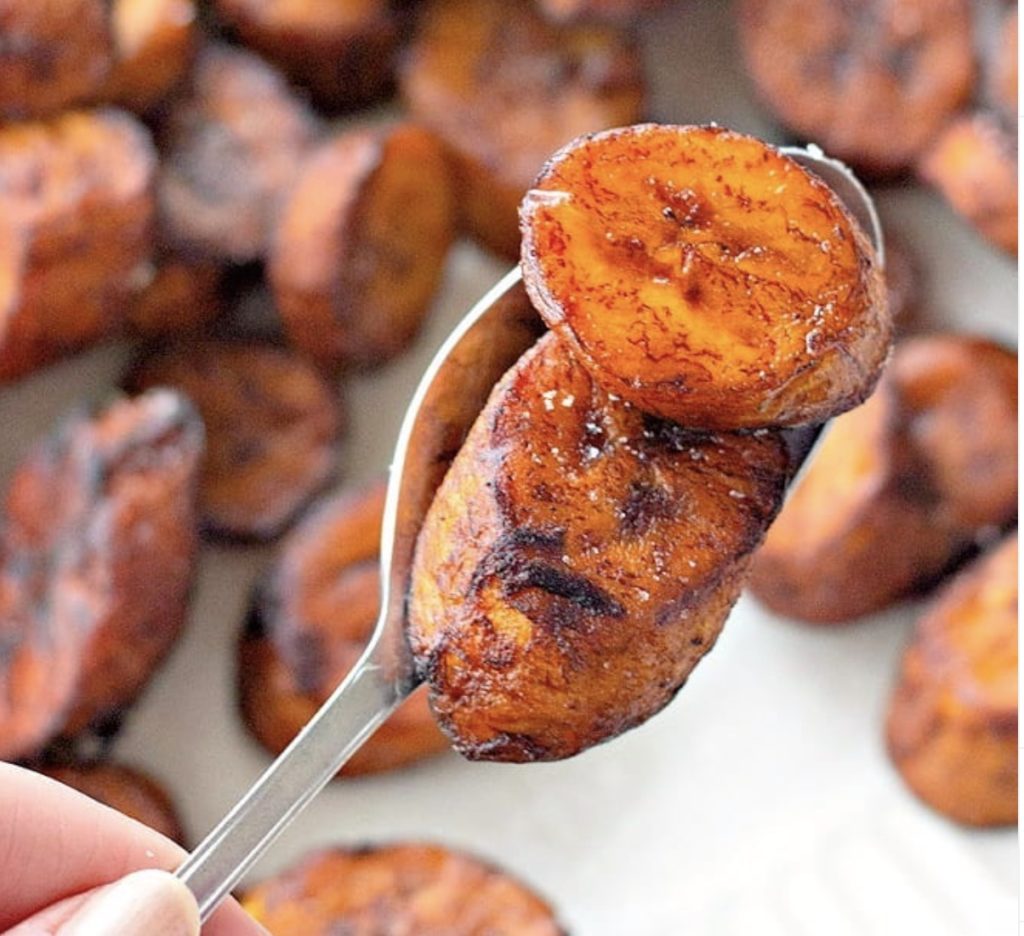
As for me, in a few weeks time I will be serving a Passover meal on the actual table my grandmother served me many. Much like the Jonathan Safran Foer questions in Eating Animals, I wondered for years how I could possible be honoring my grandparents’ traditions while still adapting to our modern lifestyles. By now, I have made peace with the fact that there are things I cannot replicate and some I wouldn’t want to. But those others, the moments and the dishes and the songs that remind me of them, will make their annual appearance at my table and this year, like every other, plátanos maduros are totally okay to eat.
For Image credit or remove please email for immediate removal - info@belatina.com





























